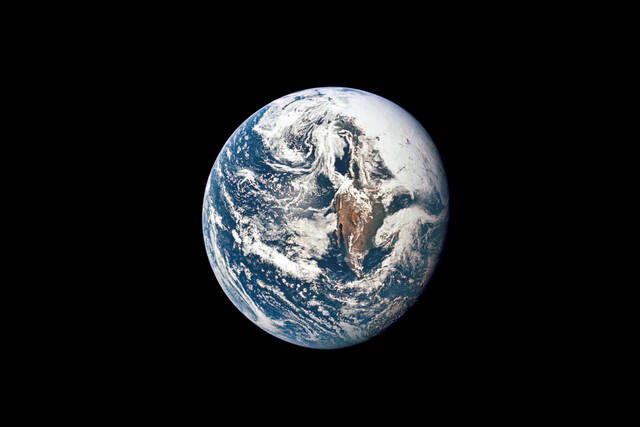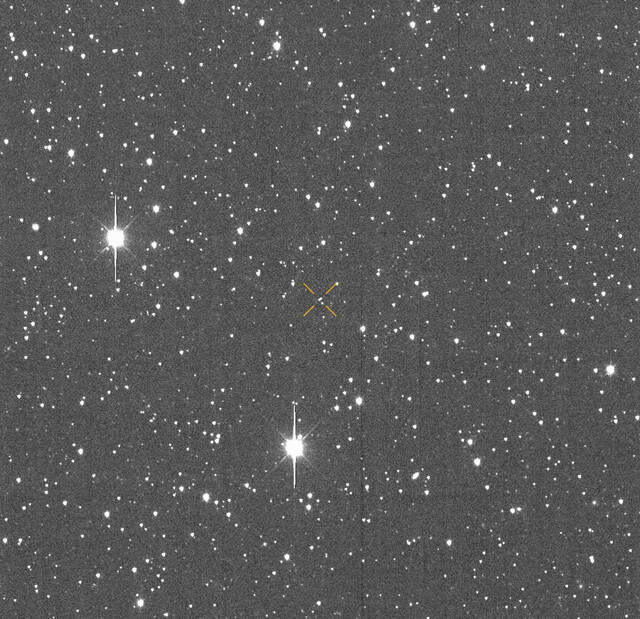Asteroid 2024 YR4 is no longer a threat to Earth, scientists say
CAPE CANAVERAL, Fla. — Scientists have finally given the all-clear to Earth from a newly discovered asteroid.
After two months of observations, scientists have almost fully ruled out any threat from the asteroid 2024 YR4, NASA and the European Space Agency said Tuesday.
At one point, the odds of a strike in 2032 were as high as about 3% and topped the world’s asteroid-risk lists.
ESA has since lowered the odds to 0.001%. NASA has it down to 0.0017% — meaning the asteroid will safely pass Earth in 2032 and there’s no threat of impact for the next century.
Paul Chodas, who heads NASA’s Center for Near Earth Objects Studies, said there is no chance the odds will rise at this point and that an impact in 2032 has been ruled out.
“That’s the outcome we expected all along, although we couldn’t be 100% sure that it would happen,” he said in an email.
But there’s still a 1.7% chance that asteroid could hit the moon on Dec. 22, 2032, according to NASA. Chodas expects the odds of a moon strike will also fade.
The world’s telescopes will continue to track the asteroid as it heads away from us, with the Webb Space Telescope zooming in next month to pinpoint its size. It’s expected to vanish from view in another month or two.
Discovered in December, the asteroid is an estimated 130 feet to 300 feet (40 meters to 90 meters) across, and swings our way every four years.
“While this asteroid no longer poses a significant impact hazard to Earth, 2024 YR4 provided an invaluable opportunity” for study, NASA said in a statement.
Remove the ads from your TribLIVE reading experience but still support the journalists who create the content with TribLIVE Ad-Free.


